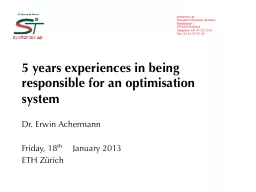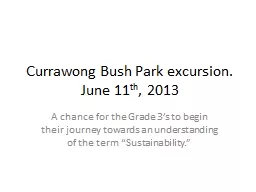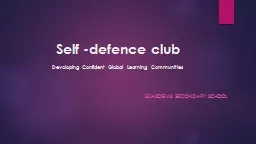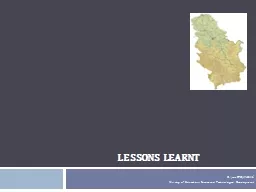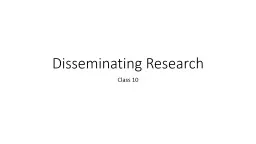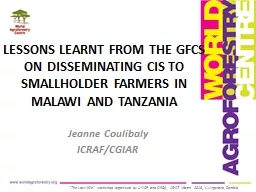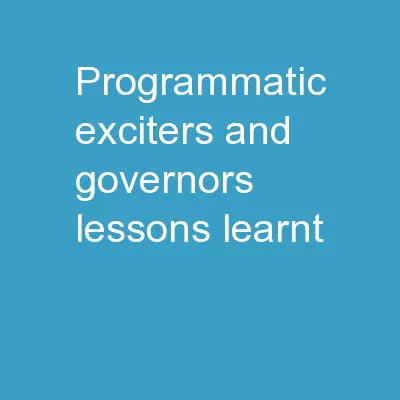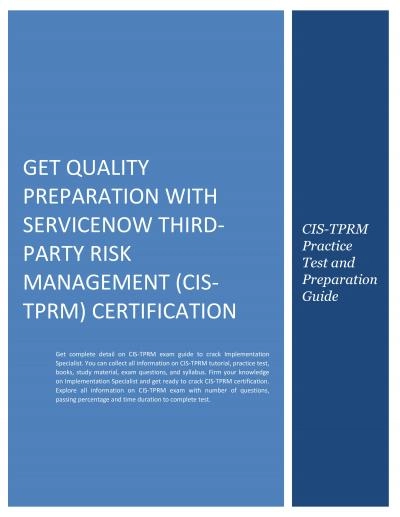LESSONS LEARNT FROM THE GFCS ON DISSEMINATING CIS
Author : jane-oiler | Published Date : 2025-06-23
Description: LESSONS LEARNT FROM THE GFCS ON DISSEMINATING CIS TO SMALLHOLDER FARMERS IN MALAWI AND TANZANIA Jeanne Coulibaly ICRAFCGIAR The Last Mile workshop organized by UNDP and CIRDA 1517 March 2016 Livingstone Zambia Most vulnerable
Presentation Embed Code
Download Presentation
Download
Presentation The PPT/PDF document
"LESSONS LEARNT FROM THE GFCS ON DISSEMINATING CIS" is the property of its rightful owner.
Permission is granted to download and print the materials on this website for personal, non-commercial use only,
and to display it on your personal computer provided you do not modify the materials and that you retain all
copyright notices contained in the materials. By downloading content from our website, you accept the terms of
this agreement.
Transcript:LESSONS LEARNT FROM THE GFCS ON DISSEMINATING CIS:
LESSONS LEARNT FROM THE GFCS ON DISSEMINATING CIS TO SMALLHOLDER FARMERS IN MALAWI AND TANZANIA Jeanne Coulibaly ICRAF/CGIAR "The Last Mile" workshop organized by UNDP and CIRDA, 15-17 March 2016, Livingstone, Zambia Most vulnerable populations Increase the resilience of people most vulnerable to the impacts of weather and climate-related events GFCS : Global Framework for Climate Services Food security Health Nutrition Disaster risk reduction Advantages and disadvantages of forming multi-stakeholder partnership Advantages: Holistic approach to the production and delivery of climate information Enhance weak capacities of some national partners Improved management of risk and better provision of climate services Address the numerous of challenges that communities are confronted with: food security, health, sanitation Greater impact and sustainability in the outcomes and higher chances of achieving long term goal Challenges Strong communication to make sure activities are well integrated and connected Approaches to implement the activities and reach the goal may diverge Success of one activity may be linked to the success of other activities Lessons learned on improving the dissemination of climate information Needs assessment to establish what farmers want and need Presents some results of the needs assessment Types of information farmers rely to make their farm decisions Results of the baseline survey in Tanzania (Coulibaly et al., 2015) Current climate information received by farmers Most preferred types of information Lead time: Timely Format Ways to improve delivery of climate information Lessons learned on improving the dissemination of climate information Carry out a needs assessment Co-production of Climate information Mixed delivery method including radio, mobile, extension workers and village leaders was recognized Timeliness in climate information Build trust and greater understanding of scientific climate forecasts Climate forecast overlay with agricultural extension advice Location specific climate forecasts Use of local languages Traditional indicators should be valued and integrated to the conventional scientific climate information Challenges and potential ways to respond to Farmers’ needs Challenges: Human resource capacity still low Lack of funds and equipment Financial resources needed Private sector representation limited Coordinated efforts from important stakeholders: CGIAR, NGOs, Ministry of Agriculture, National Meteorological Services, private sector (radio, cell phone operators, etc), academic institutions Radio and mobile based interventions Train radio presenters in understanding the concept of climate change and CIS Provide them with the right information content(forecast and adaptation options) Training and capacity building Modeling tools and techniques to downscale climate information Exchange of data, improvement in the availability of


